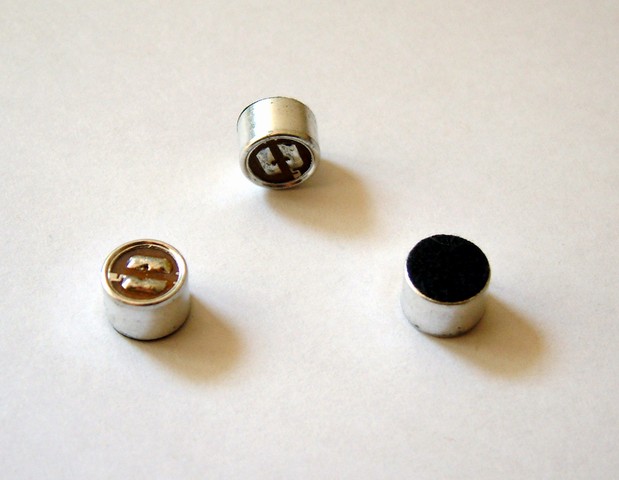
- Joined
- Jul 4, 2009
- Messages
- 16,595
- Helped
- 5,158
- Reputation
- 10,349
- Reaction score
- 5,229
- Trophy points
- 1,393
- Location
- Aberdyfi, West Wales, UK
- Activity points
- 140,392
Thank you ! I've never been a hero before :lol:
The best AM signals do not contain any FM, only poorly designed or very simple circuits suffer from this problem. A little FM will not cause any problem but if it is too great the sound quality can be very poor.
Yes, if you use a fixed L and C in an LC circuit the frequency should be constant. There is a big difference between LC and Quartz crystal though Both L and C have to be constant values but in the real world, they are both sensitive to temperature and vibration. Even moving your hand close to the LC circuit might cause the frequency to move so they can be difficult to set exactly. A crystal uses a mechanical vibration of a small sheet of quartz which is cut to a precise size. They are still prone to temperature and vibration but in most cases less than 0.1% compared to LC.
In a simple AM transmitter where you are not using all the buffer and amplifer stages, the modulation would be applied directly to the oscillator. The trouble is that the modulation changes the voltages and current in the oscillator and it causes it to move in frequency (creates FM). Such things as the internal capacitances of the transistor junctions change and this changes the overall capacitance in the LC circuit. A crystal is far less affected by the circuit around it so it is more likely to stay on the right frequency.
If you transmit on the same frequency as another station you get a 'beat' effect. This is an audible whistle at the frequency equal to the difference in your transmitter and the other station. For example, it you transmitted on 950KHz and another station was on 951KHz, you would hear a loud 1KHz tone.
Brian.
The best AM signals do not contain any FM, only poorly designed or very simple circuits suffer from this problem. A little FM will not cause any problem but if it is too great the sound quality can be very poor.
Yes, if you use a fixed L and C in an LC circuit the frequency should be constant. There is a big difference between LC and Quartz crystal though Both L and C have to be constant values but in the real world, they are both sensitive to temperature and vibration. Even moving your hand close to the LC circuit might cause the frequency to move so they can be difficult to set exactly. A crystal uses a mechanical vibration of a small sheet of quartz which is cut to a precise size. They are still prone to temperature and vibration but in most cases less than 0.1% compared to LC.
In a simple AM transmitter where you are not using all the buffer and amplifer stages, the modulation would be applied directly to the oscillator. The trouble is that the modulation changes the voltages and current in the oscillator and it causes it to move in frequency (creates FM). Such things as the internal capacitances of the transistor junctions change and this changes the overall capacitance in the LC circuit. A crystal is far less affected by the circuit around it so it is more likely to stay on the right frequency.
If you transmit on the same frequency as another station you get a 'beat' effect. This is an audible whistle at the frequency equal to the difference in your transmitter and the other station. For example, it you transmitted on 950KHz and another station was on 951KHz, you would hear a loud 1KHz tone.
Brian.













